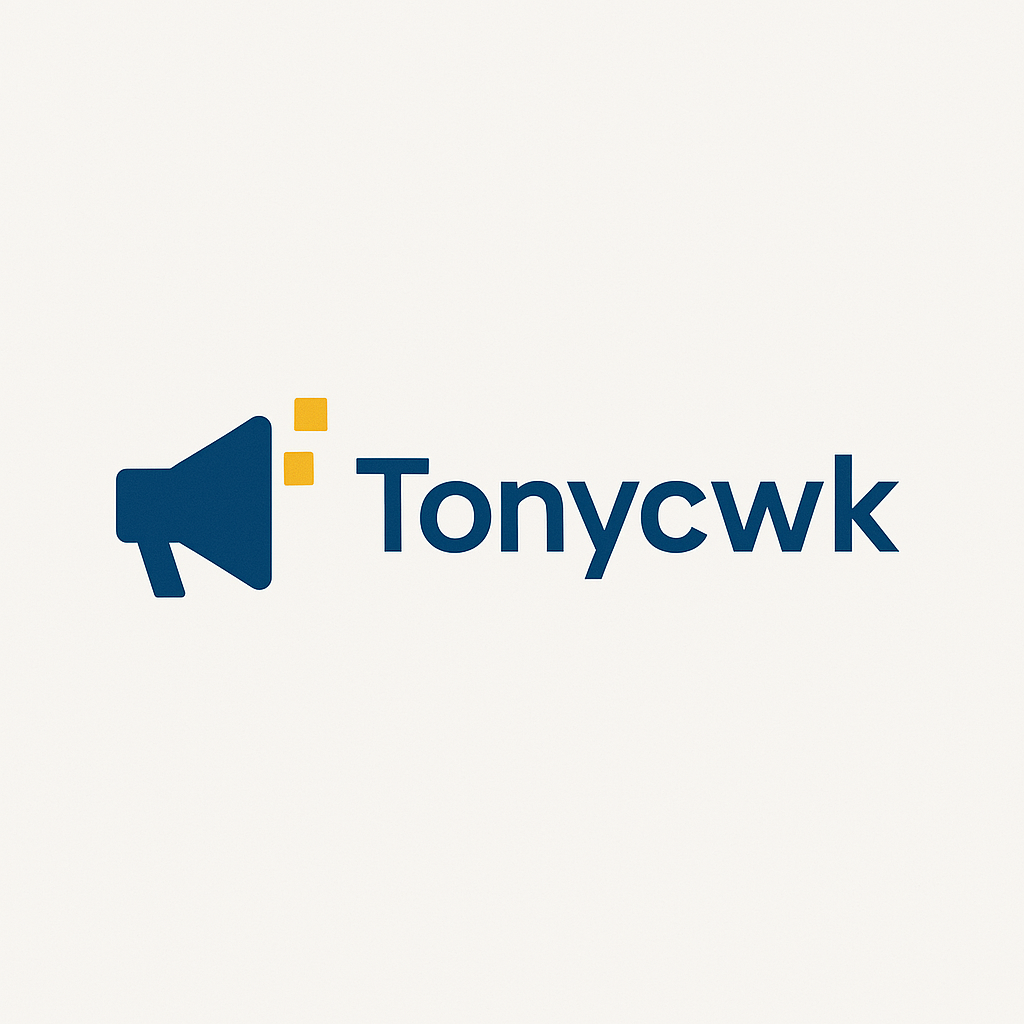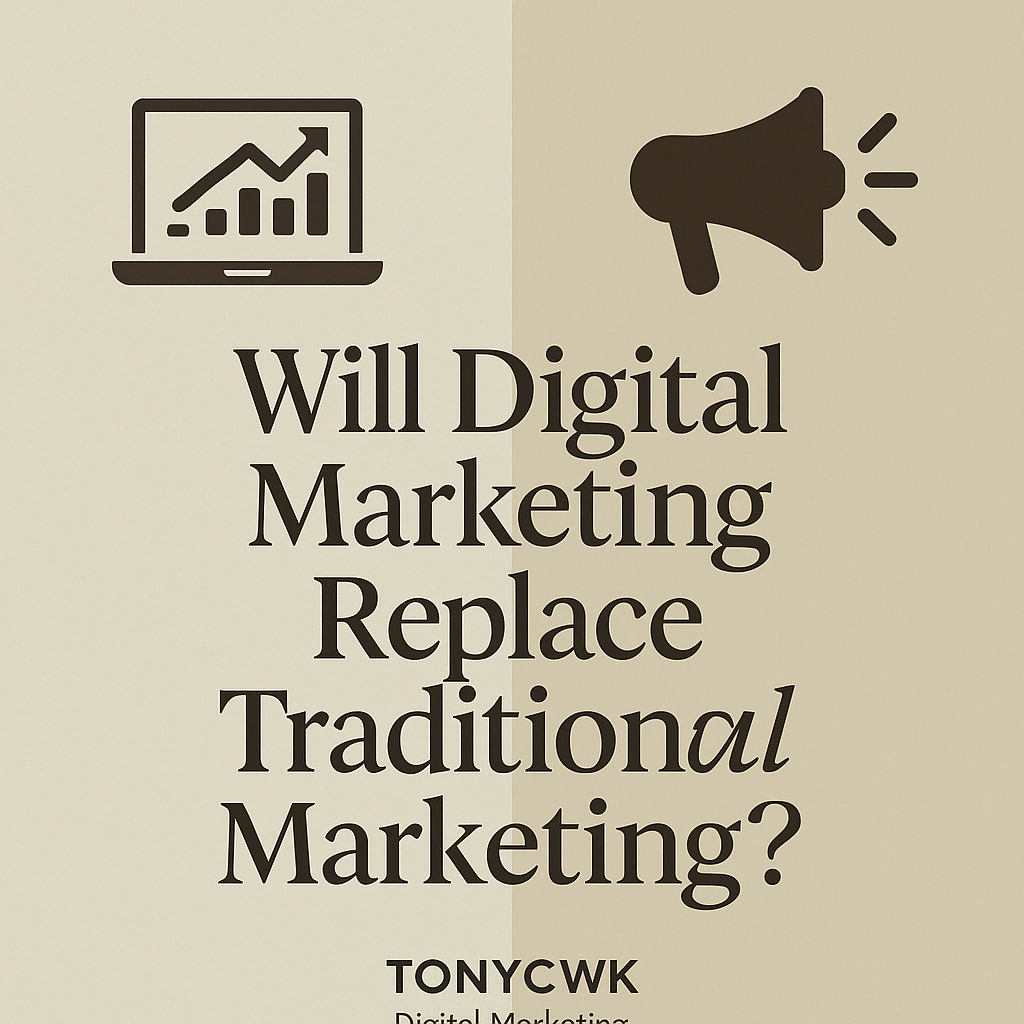“Will digital marketing eventually replace traditional marketing altogether?”
With social media, SEO, influencer campaigns, and automation dominating the spotlight, it’s easy to assume traditional marketing is on its way out. But the truth isn’t black and white — it’s nuanced, strategic, and context-driven.
Let’s unpack where each stands, and what the future really holds.
🧠 What’s Driving the Shift to Digital?
Digital marketing offers speed, precision, and scalability — three things traditional marketing can rarely match.
- Real-time data & tracking: Every click, scroll, and conversion can be measured
- Cost-effective reach: You can target 10,000 people online for the price of one newspaper ad
- Personalisation at scale: Emails, ads, and content can all adapt to user behavior
Singapore, in particular, is leading this shift — with one of the highest mobile penetration rates in the world and strong government support for digitalisation.
📻 But Traditional Marketing Isn’t Dead
While digital is gaining dominance, traditional marketing still thrives in specific situations:
- Out-of-home ads (billboards, MRT panels) still provide strong brand visibility
- Print media lends authority, especially in sectors like finance or luxury
- Face-to-face experiences (events, brochures, signage) can be more impactful than a screen
Some of the most effective campaigns today blend both — think QR codes on print flyers, or social hashtags launched from live events.
It’s not about digital vs. traditional — it’s about choosing the right tool for the job.
🔄 The Rise of Integrated Marketing
The real power lies in integrated strategies that combine digital and traditional touchpoints across the customer journey.
Imagine:
- A billboard that drives traffic to a landing page
- A print catalogue that links to an Instagram campaign
- A street activation that feeds into a CRM workflow
This isn’t the future — this is already happening.
🎯 What Should Businesses in Singapore Do?
✅ Don’t choose sides — choose strategy
✅ Focus on your audience — not the channel
✅ Test, measure, and adapt based on results
For some brands, 80% digital and 20% traditional works best. For others, the mix flips. The answer lies in data, not assumption.
💬 Final Thought: It’s Not a Replacement — It’s an Evolution
Digital marketing isn’t replacing traditional marketing. It’s redefining it.
The brands that will thrive aren’t the ones that go 100% digital — they’re the ones that know when and how to use both effectively.


Leave a Reply